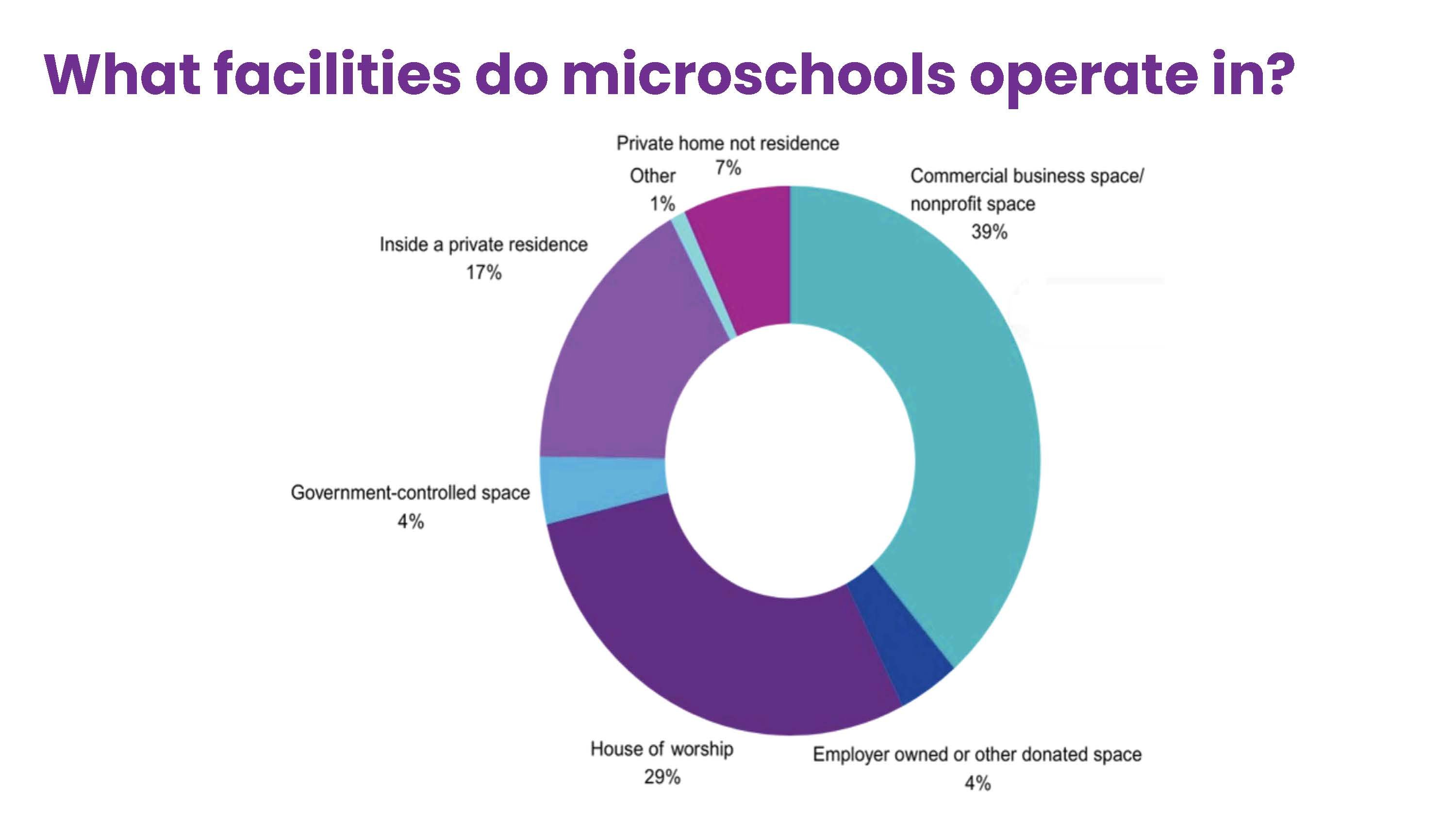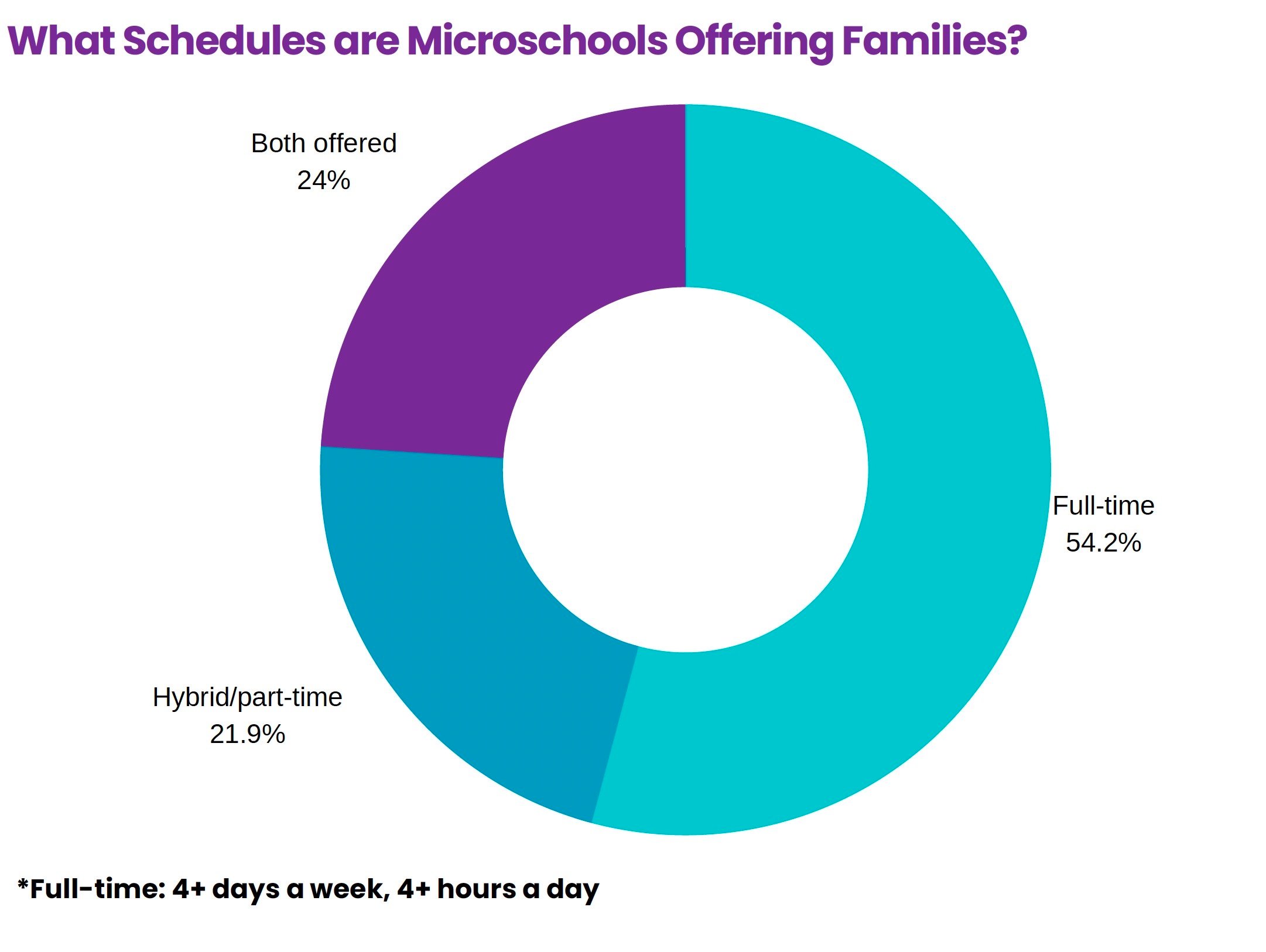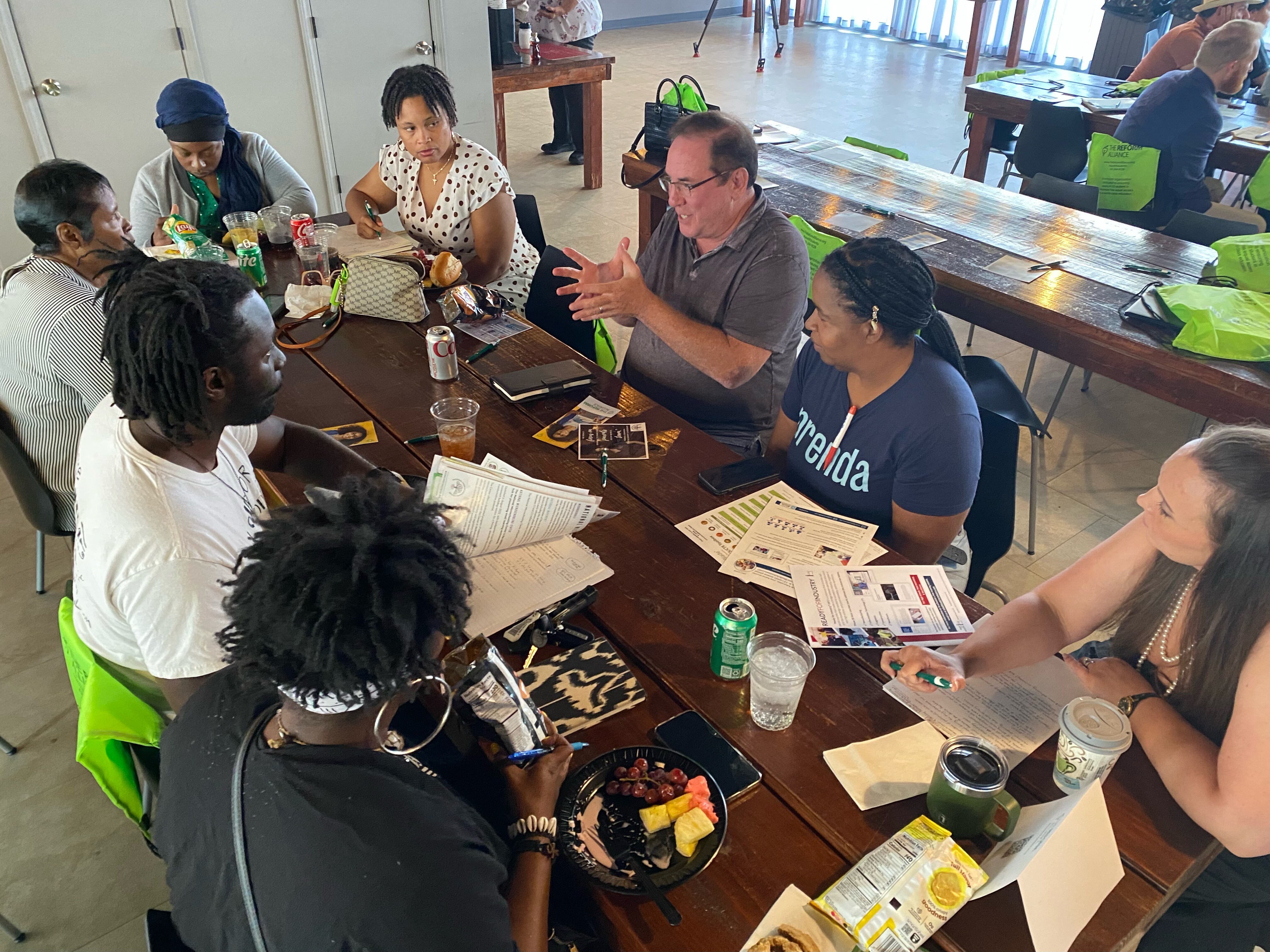Microschools' Diversity: Part 2, Schedules & Facilities
The profound diversity of America's microschooling sector is found across many aspects and dimensions of the work they do to support their learners...

Finding functional, affordable facilities space is often a challenge for microschool founders. Microschools need to operate in convenient locations for the families they serve. And so that they must allow these nontraditional, innovative small learning environments to operate affordably, especially where their families must budget their tuition monthly, or weekly, they often need to be scrappy in their facilities choices.
.jpg?width=381&height=254&name=22-221101-EDU-LV-GDAN-0705%20(1).jpg) Commercial business or nonprofit space is the most common facilities location for microschools studied (39 percent). Retail storefronts are a popular choice for many microschools convened in commercial space. Creative use of modified warehouse or light industrial facilities also house some popular microschool locations.
Commercial business or nonprofit space is the most common facilities location for microschools studied (39 percent). Retail storefronts are a popular choice for many microschools convened in commercial space. Creative use of modified warehouse or light industrial facilities also house some popular microschool locations.
Houses of worship house 29 percent of microschools studied nationally. While many are actively involved in the educational programs offered, this is not always the case, and often the classroom space within houses of worship is made available to microschool leaders serving families within and outside their congregation whether or not operated as a function of the ministry.
Private residences, including family farms, are the next most-popular facilities used, at 17 percent, followed by those held inside a private home that is not currently a residence (7 percent), employer-controlled or other donated space and government-controlled space rounds out the list at 4 percent each.
 Nontraditional learning spaces for these innovative schooling options embody the microschooling spirit of moving the business of teaching and learning outside of the taxpayer-funded 50-year-old buildings which most schools in America occupy, on average.
Nontraditional learning spaces for these innovative schooling options embody the microschooling spirit of moving the business of teaching and learning outside of the taxpayer-funded 50-year-old buildings which most schools in America occupy, on average.
Often, however, microschools are positioned so that it becomes necessary for them to navigate rigid regulatory requirements from local government authorities exercising their control over zoning, land use and business licensing. Even though nonpublic microschools serve just 22 children, on average, fire safety inspectors often expect microschools to install the same types of expensive sprinkler systems as public charter schools serving a thousand students or more. Microschool founders are regularly required to follow bureaucratic, slow and costly procedures to change zoning definition, even when the leases they seek are for terms of three years or less, even requiring they provide architectural drafts which alone can cost over $10,000 – a major expense for a new microschool serving 10 kids from working families paying tuition.

The profound diversity of America's microschooling sector is found across many aspects and dimensions of the work they do to support their learners...
.jpg)
For many businesses, recent changes by the federal Department of Labor to the Fair Labor Standards Act (FLSA) concerning requirements for employers...

Educational freedom continues to make major gains around the United States. Yet families, even those in many of the states where school choice...